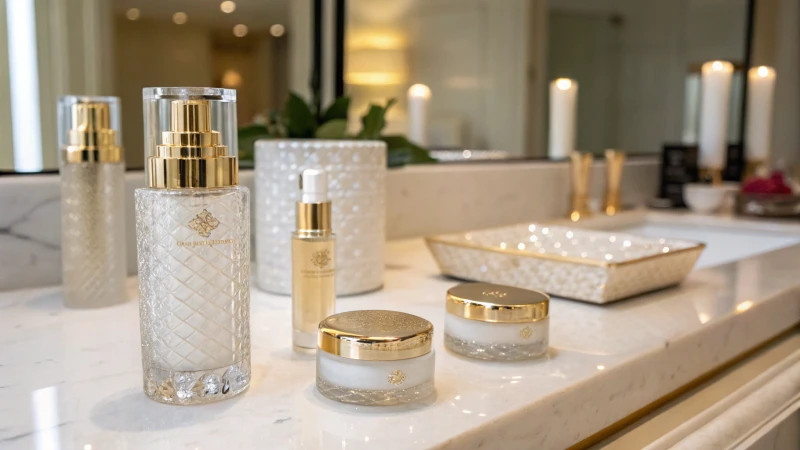
Finding cost-effective luxury glass packaging for cosmetics feels like hunting for a unicorn in the business world.
To find cost-effective luxury cosmetic glass packaging, focus on lightweight glass, dual-use designs, outsourcing to developing regions, and bulk ordering. These tactics trim costs while maintaining a premium look.
Diving into each strategy, I realized just how pivotal they could be. For instance, lightweight glass not only slashes material and shipping expenses but also retains that coveted luxury feel. I remember when I first discovered the dual-use design concept; it was a game-changer for managing inventory efficiently and cutting down on overhead costs.
Outsourcing production was another major decision. Partnering with suppliers from cost-effective regions like China required careful vetting but ultimately offered significant savings. Lastly, bulk orders were key in negotiating better pricing, ensuring that I could maintain quality without breaking the bank. These approaches have been invaluable in refining my business strategy, allowing me to offer high-end products without sacrificing affordability.
Lightweight glass reduces packaging costs.Vero
Lightweight glass uses less material, lowering production costs.
Dual-use designs increase packaging expenses.Falso
Dual-use designs maximize utility, reducing overall packaging costs.
How Does Lightweight Glass Reduce Costs?
Ever wondered how a simple change in material can transform your business costs?
Lightweight glass reduces costs by using less raw material, cutting shipping expenses, and boosting production efficiency. These benefits arise from cutting-edge manufacturing methods and optimized supply chains.
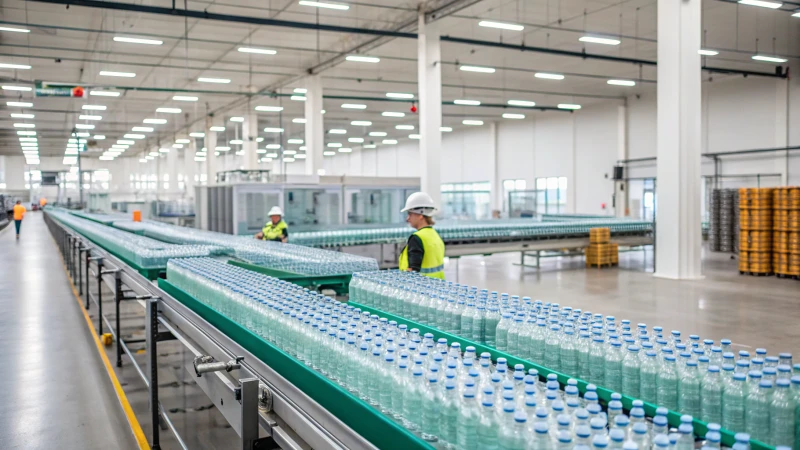
Raw Material Savings
Imagine walking into a glass factory and seeing the beautiful dance of innovation where every ounce of material is optimized. With lightweight glass, that’s precisely what’s happening. Manufacturers use advanced glass-forming techniques to cut down on raw materials, saving up to 20% on costs. I remember the first time I saw a manufacturer’s guide1 on these techniques—it was like finding a new recipe that just made everything better.
Reduced Shipping Costs
Shipping can feel like the hidden monster under the bed for many businesses, always ready to jump out with unexpected costs. Lightweight glass, being substantially less heavy, tames this beast by reducing fuel usage and transportation fees. Especially for international trade, this can mean savings of up to 30%, as some logistics experts2 suggest. It’s like shedding extra baggage before a trip—you just move faster and cheaper.
Enhanced Production Efficiency
There’s nothing quite like witnessing a well-oiled machine at work. The production of lightweight glass involves streamlined processes that ramp up efficiency. Automated systems and precision engineering minimize waste and speed up production, just like a perfectly choreographed ballet. A case study3 I came across showed a company boosting its production capacity by 15% after adopting these innovations.
Environmental Impact and Sustainability
Beyond just saving money, using lightweight glass contributes to sustainability—an increasingly vital consideration for businesses today. It uses fewer resources and generates less waste, which means a smaller carbon footprint. Brands that choose sustainable packaging not only cut costs but also attract eco-conscious consumers. An industry report4 highlighted how sustainability can be a competitive advantage, turning green choices into green profits.
| Factor | Traditional Glass | Lightweight Glass |
|---|---|---|
| Material Usage | High | Low |
| Shipping Costs | High | Reduced |
| Production Efficiency | Standard | Enhanced |
| Environmental Impact | High | Lower |
Focusing on these aspects, I realized how companies could slash operational costs while appealing to today’s eco-friendly consumer base. It’s all about making smart choices that resonate both financially and ethically.
Lightweight glass saves 20% on raw material costs.Vero
Advanced techniques reduce material usage, saving up to 20% in costs.
Using lightweight glass can cut shipping costs by 50%.Falso
Experts suggest a reduction of up to 30%, not 50%, in shipping costs.
Why Choose Standardized Molds Over Custom Designs?
Ever found yourself at a crossroads, trying to decide between standardized molds and custom designs for your manufacturing needs? It’s a bit like choosing between a trusty old recipe and a brand-new culinary experiment.
Standardized molds are a smart choice for manufacturers focusing on cost savings, speed, and quality consistency. They help streamline production with reduced setup time and costs. While custom designs offer creativity, they come with higher costs and longer timelines.
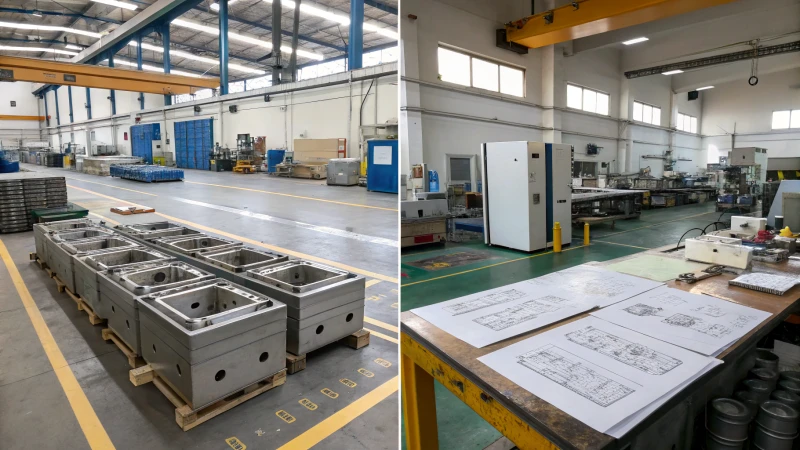
Cost Efficiency
I remember my first big project where every penny counted. Opting for standardized molds was like finding a hidden savings stash. They were reusable across various product lines5, which meant I could stretch my budget further than I initially thought. Sure, custom molds seemed tempting with their bespoke allure, but the upfront investment was hefty, something only justifiable if I had massive volumes in mind.
| Feature | Standardized Molds | Custom Designs |
|---|---|---|
| Initial Cost | Low | High |
| Per Unit Cost | Lower | Higher |
| Flexibility | Limited | High |
Production Time
There’s nothing like the thrill of a looming deadline to get your heart racing. With standardized molds, it’s like having your clothes laid out for you the night before—no need to scramble or wait. They’re ready to go at a moment’s notice, perfect for those unexpected spikes in demand. Custom designs, while intriguing, required me to pause for approvals and craftsmanship, adding time I sometimes just didn’t have.
Quality Consistency
One thing that has always been non-negotiable for me is quality. Standardized molds provided that reliable consistency, batch after batch, just like my favorite coffee blend. This reliability helped maintain my brand’s reputation and kept customers coming back. Custom designs introduced a bit of variability due to their unique complexities, demanding more rigorous quality control measures6.
Scalability
Thinking of scaling up? Standardized molds are like the fast lane on a busy highway—smooth, quick, and efficient. They allowed me to meet growing demands without the hassle of significant additional costs. On the other hand, custom designs felt like navigating a winding road, potentially slowing down scalability due to their tailored nature.
When to Consider Custom Designs
Of course, there were times when custom designs were my go-to. When branding was key to setting myself apart in the market, custom molds offered the flair and uniqueness my products needed. It’s like that moment when you decide to dress up just because it’s Friday night; it’s about making a statement. For innovation-led projects where cost wasn’t the primary concern, they allowed me to introduce something fresh and exciting.
By weighing these factors carefully, I’ve learned to choose wisely between standardized molds or custom designs7 based on my specific business objectives and market strategies.
Standardized molds reduce initial setup costs.Vero
Standardized molds can be reused, minimizing the need for new setups.
Custom designs ensure faster production times.Falso
Custom designs require time for design and mold creation, delaying production.
What Are the Benefits of Dual-Use Packaging?
Imagine turning packaging from mundane to magical, offering more than meets the eye. That’s the charm of dual-use packaging.
Dual-use packaging offers businesses reduced inventory costs, improved customer satisfaction, and flexible product offerings. It simplifies SKU management, meets diverse consumer demands, and enhances brand sustainability.
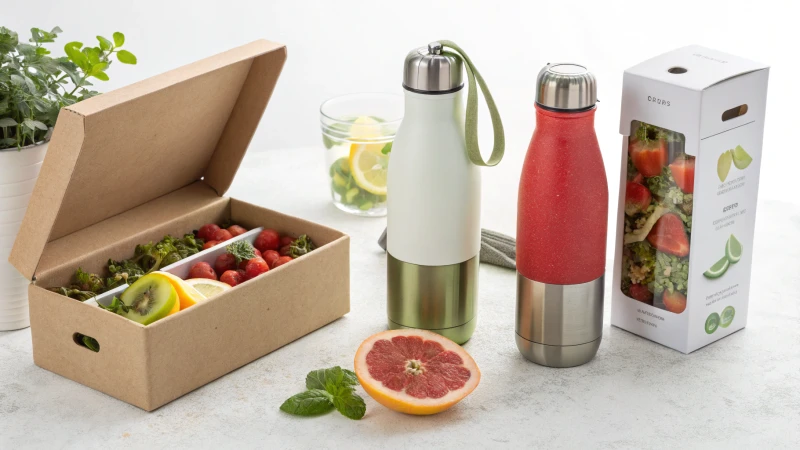
Cost Efficiency and Inventory Management
Let me take you back to a pivotal moment in my journey. I recall standing in a warehouse, surrounded by stacks of packaging materials, and feeling overwhelmed by the sheer volume. That’s when it hit me: why not simplify things with dual-use packaging? This innovative approach allowed me to reduce the number of SKUs I needed to juggle, cutting down on both clutter and costs. For example, imagine a single jar that can house both creams and balms—less hassle, more efficiency.
One of the primary benefits of dual-use packaging is cost efficiency. By using packaging that serves multiple purposes, companies can reduce the number of different SKU items they need to stock. This minimizes inventory management challenges8 and lowers overhead costs.
Enhanced Consumer Experience
I can’t tell you how many times I’ve heard customers express delight over products that offer a little extra something. Dual-use packaging transforms that delight into a tangible benefit. It’s all about convenience and versatility—like that one time a friend couldn’t stop raving about a bottle she used as both a spray and lotion pump. It simplified her daily routine, making her love the product even more.
Dual-use packaging enhances the consumer experience by offering convenience and versatility. Customers appreciate products that provide added value without additional clutter. For instance, a bottle that serves as a spray and lotion pump9 simplifies the user’s routine.
Sustainability and Brand Perception
In today’s world, where sustainability isn’t just a trend but a necessity, dual-use packaging aligns perfectly with eco-friendly practices. I remember the first time our brand introduced such packaging; it immediately resonated with environmentally-conscious customers. By reducing material use and promoting reusability, we not only enhanced our brand image but also contributed to a greener planet.
In today’s environmentally conscious market, dual-use packaging can contribute to sustainability efforts by reducing material usage and promoting reusability.
| Benefit | Description |
|---|---|
| Cost Efficiency | Streamlines inventory and reduces SKU variety |
| Enhanced Experience | Provides convenience and multifunctionality |
| Sustainability | Promotes material reduction and eco-friendly practices |
Flexibility in Product Design
Dual-use packaging opened up a world of design possibilities for us. It allowed us to craft innovative designs that truly stood out on the shelves. I remember brainstorming with the design team and realizing how much more creative freedom we had—tailoring offerings to suit seasonal trends or specific customer preferences was suddenly within reach.
Design flexibility is another advantage of dual-use packaging as it allows brands to create innovative designs that stand out on shelves.
Competitive Advantage
Choosing dual-use packaging has given us a competitive edge, showcasing our brand as forward-thinking and consumer-focused. It’s about building customer loyalty—after all, who wouldn’t return to a brand that understands their needs? Embracing this strategy has not only boosted our market presence but also strengthened the bond with our customers.
Embracing dual-use packaging can also provide a competitive edge by showing consumers that your brand is forward-thinking.
In conclusion, while I’ve shared just a few insights here, there’s so much potential in exploring dual-use packaging further. It’s an exciting realm where creativity meets practicality, offering endless opportunities to innovate and excel.
Dual-use packaging reduces SKU variety.Vero
It minimizes inventory challenges by serving multiple purposes.
Dual-use packaging increases material usage.Falso
It reduces material usage by promoting reusability and sustainability.
How Can Sustainable Practices Enhance Brand Value?
Sustainability isn’t just a trend; it’s a game-changer for brands.
Sustainable practices enhance brand value by building customer loyalty, improving public perception, and aligning with regulatory standards. They also create cost efficiencies and unlock new market opportunities.
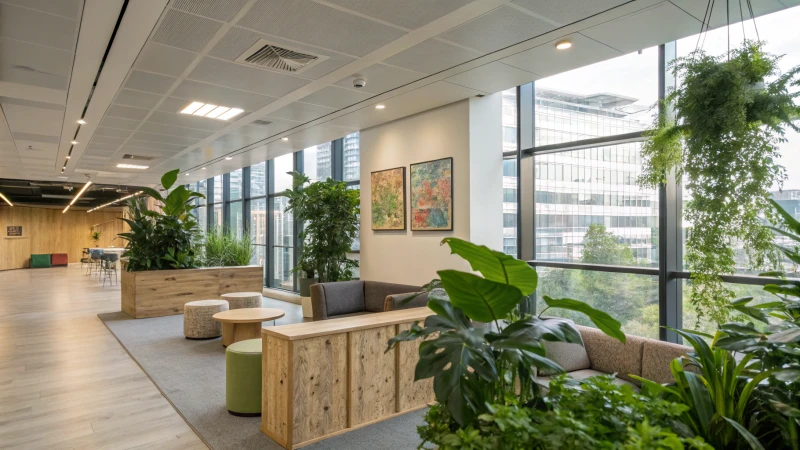
I’ve seen firsthand how integrating sustainability can transform a brand’s image and bottom line. Let me share a few insights I’ve gathered over the years.
The Impact on Consumer Loyalty
From my own experience, when brands commit to sustainability, they often see an increase in customer loyalty. I remember a time when I chose a brand simply because they used recycled materials in their packaging. It felt like my values were being respected, and I became a regular customer. Many consumers today are more aware10 of environmental issues and prefer brands that share their values.
Enhancing Public Image
Implementing sustainable practices can significantly enhance a brand’s public image. I’ve noticed that brands that launch eco-friendly initiatives, like introducing biodegradable products, often capture positive media attention and are seen as forward-thinking and innovative. This not only attracts environmentally-conscious consumers but also instills a sense of pride in employees.
Navigating Regulatory Requirements
I’ve learned that keeping up with regulatory requirements isn’t just about avoiding penalties; it’s about boosting credibility. Countries worldwide are tightening regulations on emissions and waste management, and those who proactively engage in sustainability are perceived as industry leaders.
Cost Savings and Efficiency
Sustainable practices can lead to cost savings. For instance, switching to renewable energy sources can significantly reduce energy bills. I’ve seen companies cut costs simply by adopting energy-efficient operations, which also improves their bottom line.
Unlocking New Market Opportunities
Brands embracing sustainability can tap into new markets eager for eco-friendly options. Personally, I’ve been willing to pay a premium for products labeled organic or fair-trade. Brands that offer such items can attract a niche market segment focused on ethical consumption.
| Sustainable Practices | Benefits |
|---|---|
| Eco-friendly packaging | Enhanced brand perception |
| Renewable energy usage | Lower operational costs |
| Ethical sourcing | Access to new markets |
Building a Competitive Advantage
Integrating sustainability into a brand’s core strategy can differentiate it from competitors. I’ve noticed that companies known for their sustainability commitment often enjoy higher employee satisfaction and retention, inspiring loyalty not just from consumers but within their workforce as well.
Embracing sustainable innovation11 is vital for brands aiming to maintain a competitive edge today. By fostering an environment that encourages sustainable practices, brands not only build a better world but also enhance their value in the market.
Sustainable practices boost consumer loyalty.Vero
Consumers prefer brands that align with their environmental values.
Eco-friendly packaging increases operational costs.Falso
Eco-friendly packaging enhances brand perception, not costs.
Conclusione
Explore cost-effective luxury cosmetic glass packaging options, including lightweight materials, dual-use designs, outsourcing production, and bulk ordering to enhance efficiency while maintaining a premium aesthetic.
-
This link offers a comprehensive guide on producing lightweight glass, detailing the techniques that save material costs. ↩
-
Explore how lightweight glass reduces shipping costs, with insights from logistics experts. ↩
-
Discover a case study demonstrating increased production capacity through the use of lightweight glass. ↩
-
Learn how adopting sustainable packaging like lightweight glass offers competitive advantages. ↩
-
Discover why standardized molds are advantageous for reducing costs and improving efficiency. ↩
-
Learn about the quality control challenges associated with custom mold designs. ↩
-
Find out when it makes sense to opt for custom mold designs despite higher costs. ↩
-
Discover how reducing SKU variety can streamline operations and lower costs. ↩
-
Learn how multifunctional packaging enhances user convenience and product appeal. ↩
-
Understanding consumer awareness helps brands tailor their sustainability strategies effectively. ↩
-
Exploring sustainable innovation examples can inspire brands to implement creative eco-friendly solutions. ↩



